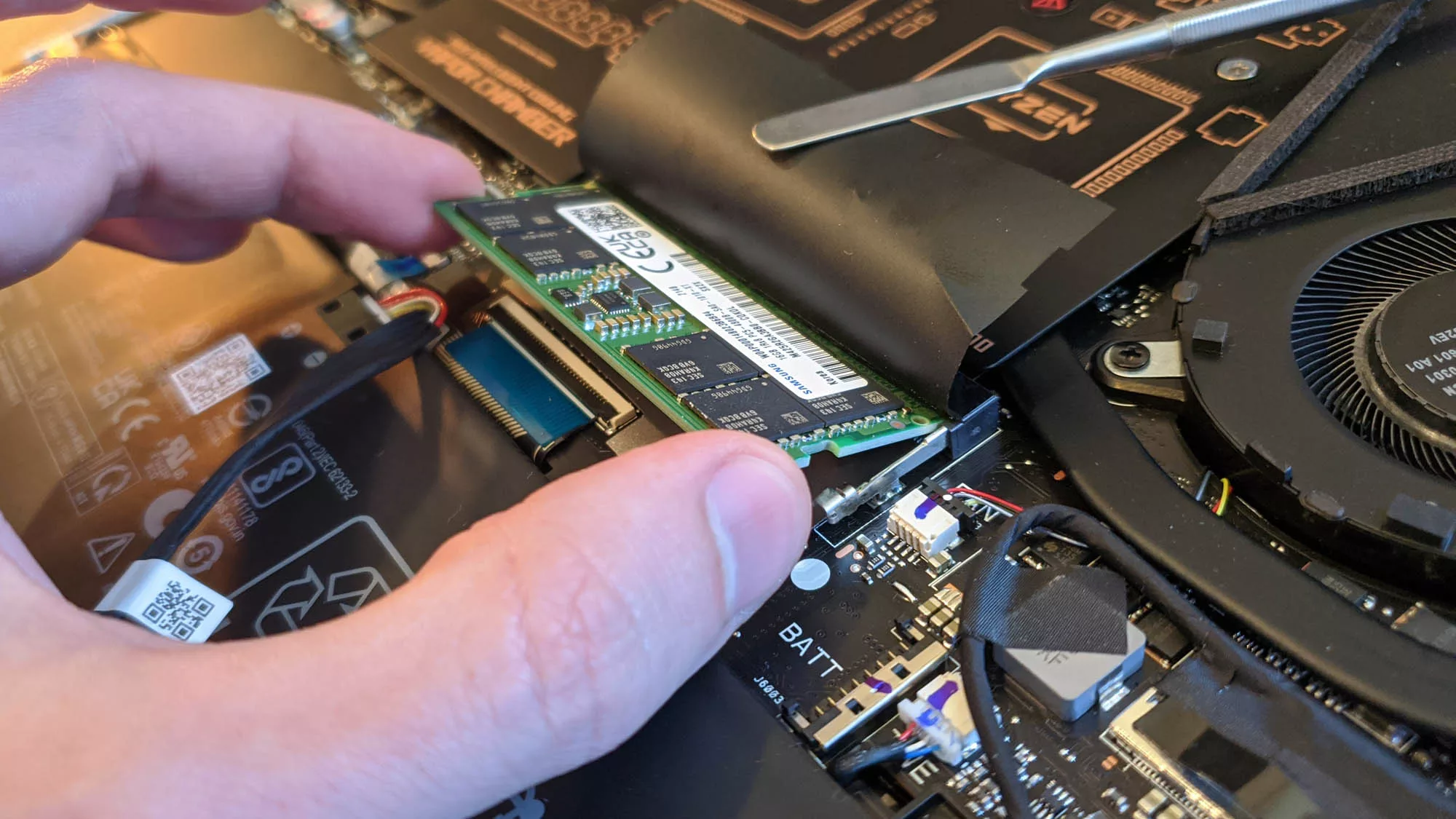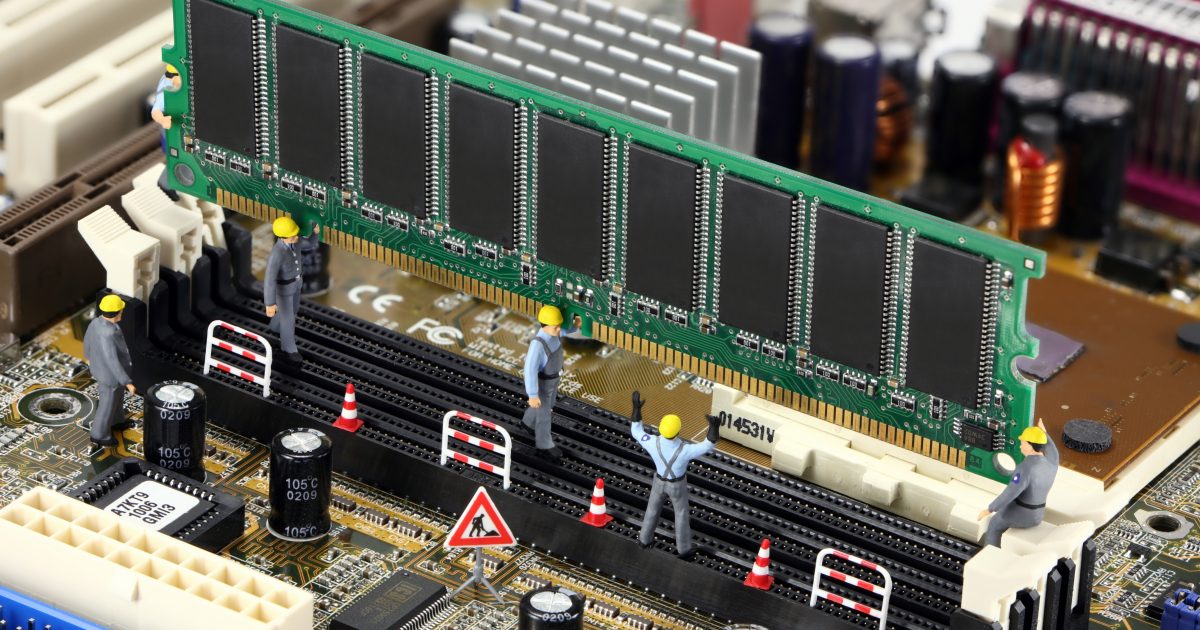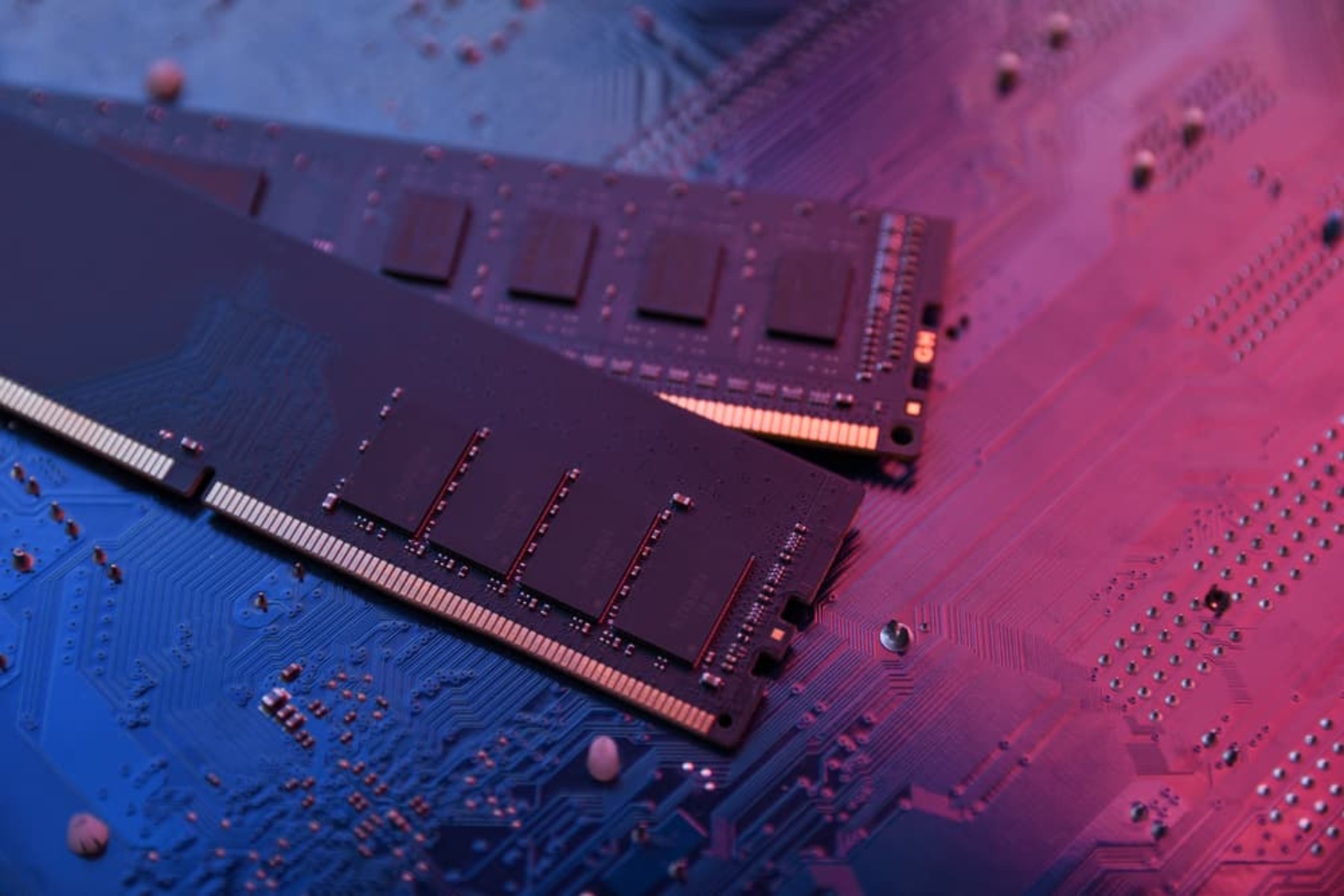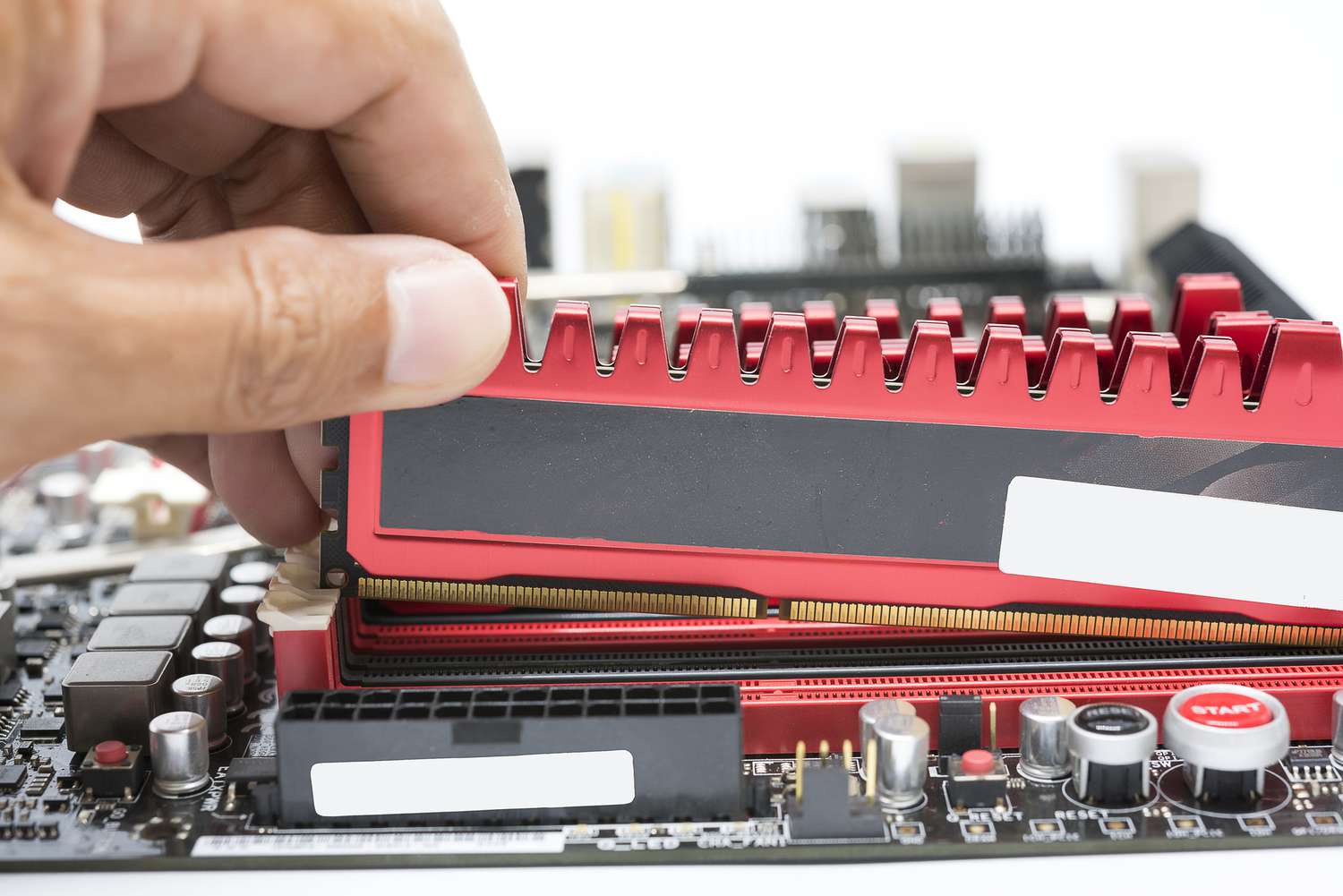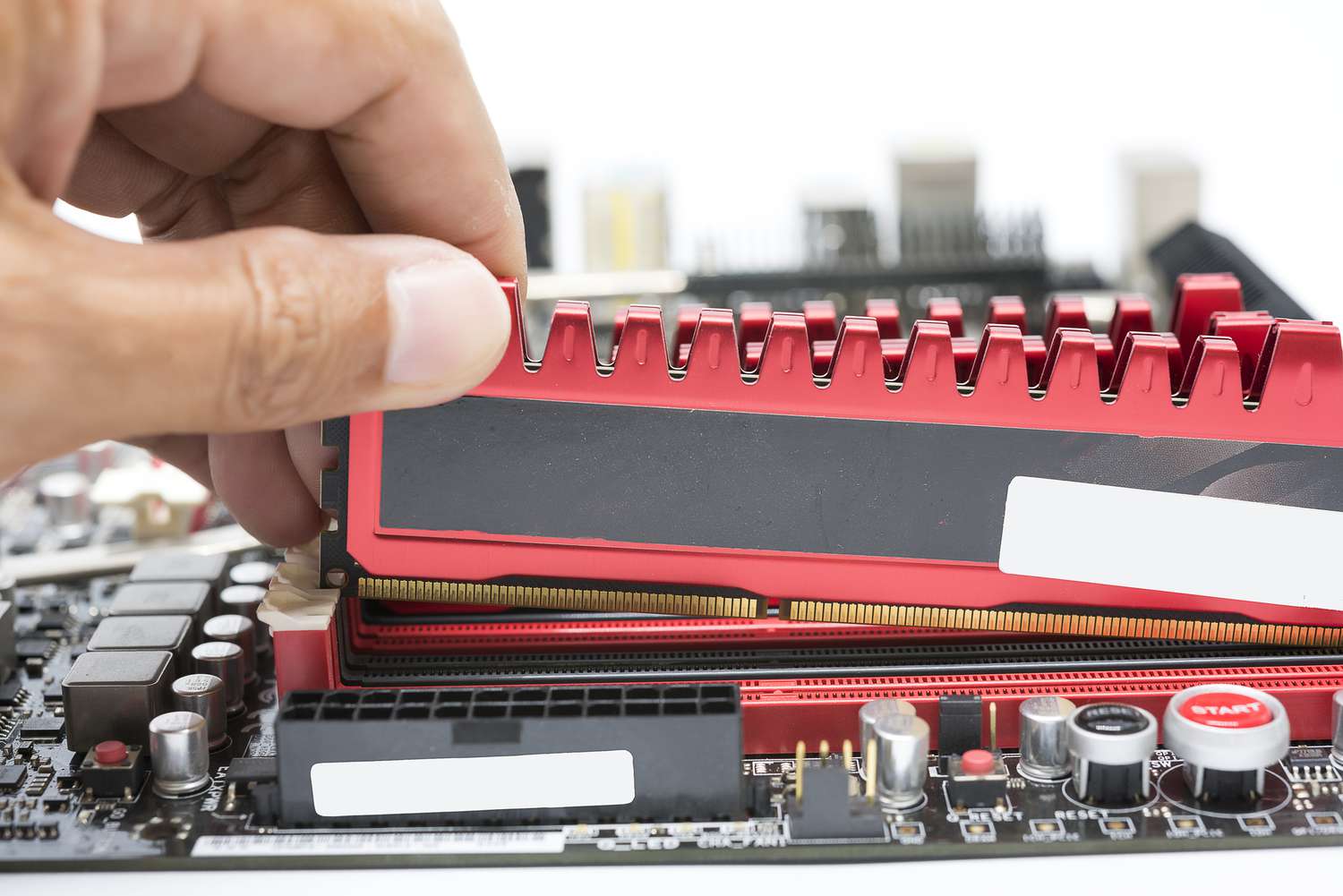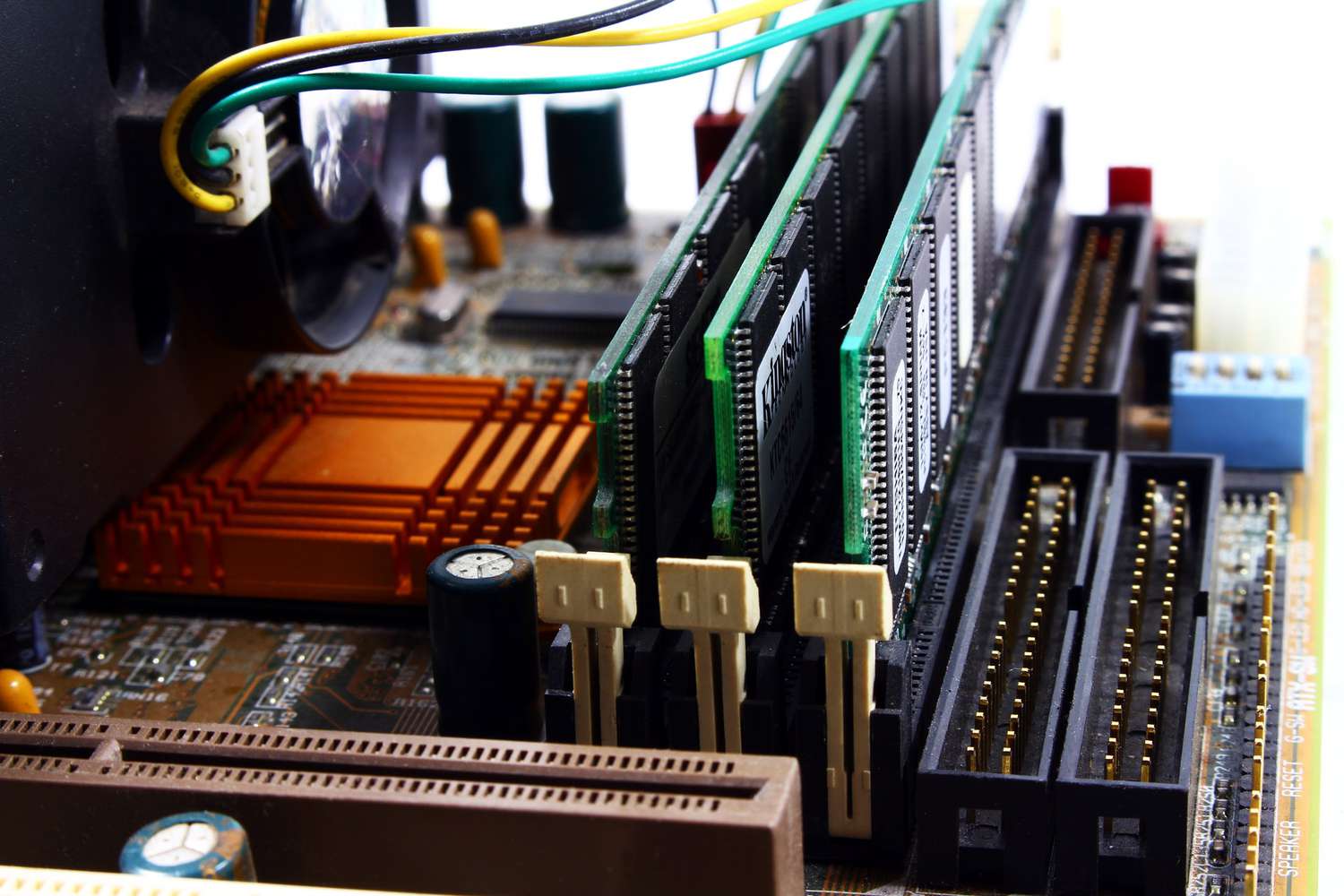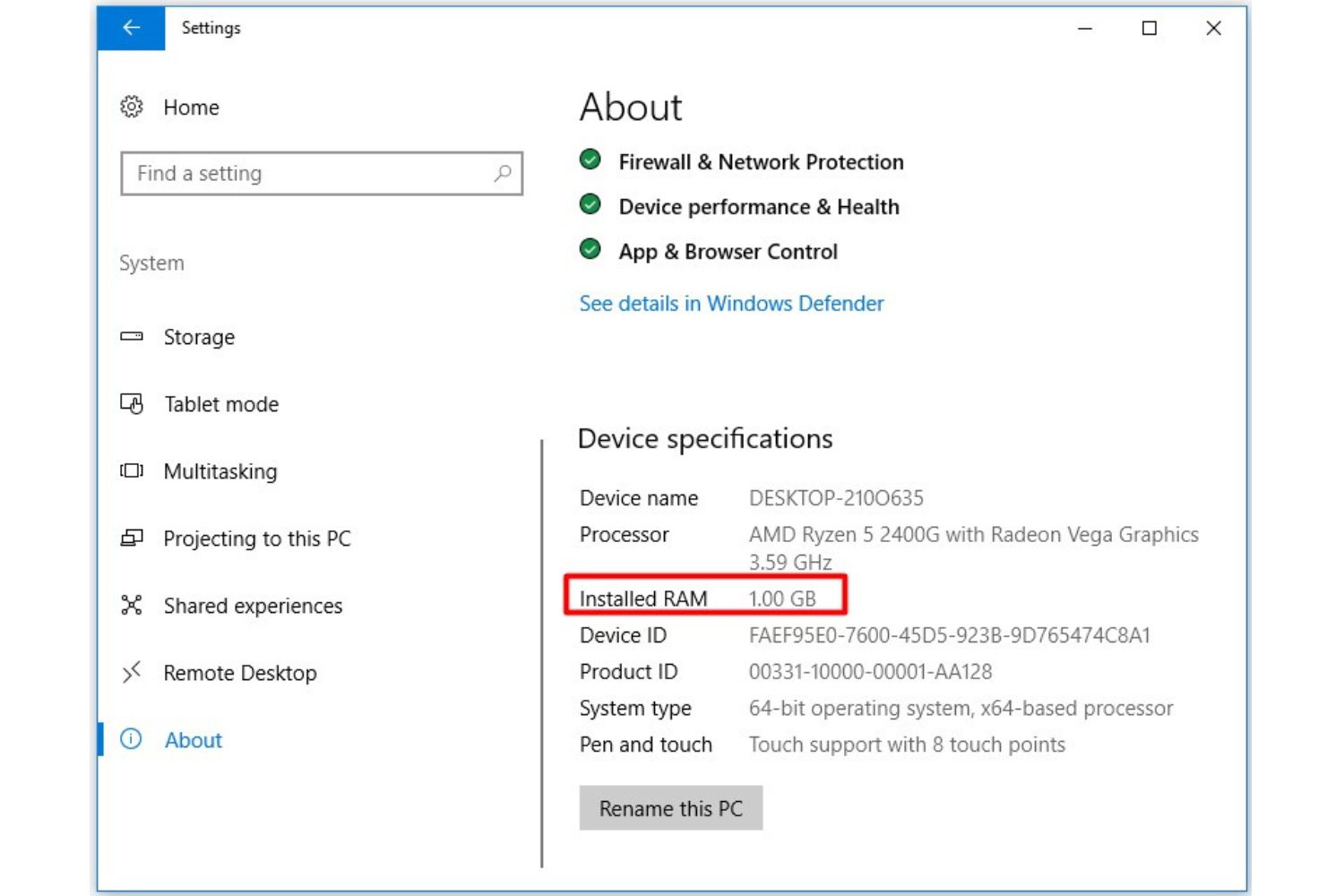Introduction
Welcome to this guide on how to check the maximum RAM speed of your computer. RAM, or Random Access Memory, plays a crucial role in the performance and speed of your system. The faster the RAM speed, the quicker your computer can access and transfer data, resulting in smoother multitasking and faster application execution.
Knowing the maximum RAM speed of your computer is essential, whether you are planning to upgrade your existing RAM or simply want to optimize your system’s performance. In this article, we will guide you through the process of checking the maximum RAM speed on different operating systems, including Windows, macOS, and Linux. By following these steps, you will be able to determine the maximum supported speed of your RAM modules.
Understanding your computer’s maximum RAM speed can also help you identify potential performance bottlenecks and decide if upgrading your RAM will significantly improve your system’s speed and responsiveness. Whether you are a casual user looking to enhance your browsing experience or a power user engaged in resource-intensive tasks like video editing or gaming, knowing your system’s RAM capabilities is crucial.
Before we dive into the specific steps for each operating system, it is important to note that the method to check the maximum RAM speed may vary depending on your computer’s hardware configuration and the version of the operating system you are using. Therefore, we recommend following the instructions closely and consulting your computer’s documentation or the manufacturer’s website if you encounter any difficulties or discrepancies.
Why is Maximum RAM Speed Important?
The maximum RAM speed of your computer plays a crucial role in determining its overall performance and efficiency. Here are a few reasons why understanding and optimizing your RAM speed is important:
1. Improved System Responsiveness: RAM speed directly affects how quickly your computer can process data and execute tasks. A higher RAM speed means faster access to data, resulting in improved system responsiveness and reduced lag.
2. Seamless Multitasking: If you frequently run multiple applications simultaneously, having a higher RAM speed can significantly enhance your multitasking experience. With faster data transfer rates, your computer can quickly switch between applications, reducing the risk of slowdowns or crashes.
3. Enhanced Gaming Performance: Gamers often require high-performance systems to enjoy a smooth gaming experience. Games with demanding graphics and complex simulations can benefit from faster RAM speeds, allowing for quicker loading times and smoother gameplay.
4. Efficient Resource Management: When your computer’s RAM operates at its maximum speed, it can efficiently manage and allocate resources to running applications. This helps optimize performance and prevents bottlenecks that can occur when inadequate RAM speed hinders the smooth functioning of your system.
5. Future-Proofing: As technology advances and software becomes more resource-intensive, having a higher RAM speed ensures that your system can keep up with the demands of modern applications. By investing in faster RAM, you can future-proof your computer for upcoming software updates and avoid the need for frequent upgrades.
6. Overclocking Potential: Overclocking is the process of increasing the operating frequency of your RAM beyond its default speed. To achieve stable overclocks, it is essential to know the maximum supported speed of your RAM modules. By knowing this information, you can safely push your RAM to its limits, extracting even more performance from your system.
Understanding the significance of maximum RAM speed will guide you in making informed decisions when it comes to upgrading your RAM or fine-tuning your system for optimal performance. Now that we’ve explored the importance of RAM speed, let’s move on to the specific methods for checking maximum RAM speed on different operating systems.
How to Check Maximum RAM Speed on Windows
Checking the maximum RAM speed on a Windows computer can be done using built-in system tools or third-party software. Here are two common methods:
1. Task Manager: Task Manager is a built-in utility on Windows that provides information about the performance of your computer, including RAM speed. Follow these steps to check the maximum RAM speed using Task Manager:
– Right-click on the taskbar and select “Task Manager” from the menu.
– In the Task Manager window, go to the “Performance” tab.
– Under the “Memory” section, you will find details about your installed RAM, including its speed (in MHz). This indicates the maximum supported speed of your RAM modules.
2. System Information: Another built-in tool for checking RAM speed on Windows is System Information. Here’s how to access this tool:
– Press the “Windows” key + “R” to open the Run dialog box.
– Type “msinfo32” in the box and press Enter.
– In the System Information window, go to “System Summary” and look for the “Installed Physical Memory (RAM)” section.
– Here, you will find detailed information about your RAM, including the speed (in MHz) under the “Speed” field. This indicates the maximum supported speed of your RAM modules.
While these built-in tools provide basic information about RAM speed, you can also opt for third-party software for more advanced analysis. Some popular options include CPU-Z, Speccy, and HWMonitor. These tools provide comprehensive details about your computer’s hardware, including RAM speed and timings, making them ideal for enthusiasts and power users who require in-depth system information.
By following these steps, you can easily check the maximum RAM speed of your Windows computer and make informed decisions when it comes to upgrading or optimizing your system’s performance. Next, let’s explore how to check maximum RAM speed on macOS.
How to Check Maximum RAM Speed on macOS
Checking the maximum RAM speed on a macOS computer can be accomplished through the following steps:
1. About This Mac: The simplest method to check the maximum RAM speed on macOS is by using the “About This Mac” feature. Here’s how you can do it:
– Click on the Apple menu in the top-left corner of the screen and select “About This Mac.”
– In the window that appears, click on the “Memory” tab.
– You will find information about your installed RAM, including the speed (in MHz). This indicates the maximum supported speed of your RAM modules.
2. System Information: The System Information tool on macOS provides detailed hardware information, including RAM speed. Follow these steps to access it:
– Click on the Apple menu and select “About This Mac.”
– In the window that appears, click on the “System Report” button.
– In the System Information window, navigate to the “Hardware” section in the left sidebar and select “Memory.”
– Here, you will find information about your installed RAM, including the speed (in MHz) listed next to “Memory Speed.” This indicates the maximum supported speed of your RAM modules.
If you prefer using third-party software for more advanced analysis of your macOS system, tools like iStat Menus, Macs Fan Control, or Intel Power Gadget can provide more detailed information about your RAM speed and other system metrics. These tools are particularly useful for power users and professionals who require in-depth insights into their system’s performance.
By following these steps, you can easily determine the maximum RAM speed of your macOS computer. Having this information will assist you in making informed decisions when upgrading your RAM or optimizing your system to achieve better performance. Now, let’s move on to checking the maximum RAM speed on Linux-based operating systems.
How to Check Maximum RAM Speed on Linux
Checking the maximum RAM speed on a Linux-based operating system involves utilizing various command-line tools to gather information about your system’s hardware. Here’s how you can check the maximum RAM speed on Linux:
1. Using dmidecode: The dmidecode command is a handy tool for retrieving detailed information about hardware components, including RAM speed. Follow these steps:
– Open a terminal window.
– Run the following command: sudo dmidecode --type memory
– Look for the “Speed” field, which indicates the RAM speed in MHz. This value represents the maximum supported speed of your RAM modules.
2. Using lshw: The lshw command is another powerful tool for obtaining hardware information on Linux. Here’s how to use it:
– Open a terminal window.
– Run the following command: sudo lshw -C memory
– Look for the “clock” field, which indicates the RAM speed in MHz. This value represents the maximum supported speed of your RAM modules.
3. Using inxi: inxi is a versatile command-line tool that provides comprehensive system information, including RAM details. Here are the steps to use it:
– Open a terminal window.
– Run the following command: sudo inxi -m
– Look for the “Speed” field, which indicates the RAM speed in MHz. This value represents the maximum supported speed of your RAM modules.
Apart from these command-line tools, you can also check the maximum RAM speed on Linux using graphical tools like Hardinfo, which offers a user-friendly interface to view system hardware information, including RAM speed.
By following these steps and utilizing the appropriate command-line tools, you can easily determine the maximum RAM speed of your Linux system. This information will prove valuable when considering RAM upgrades or optimizing your system’s performance.
Common Issues While Checking Maximum RAM Speed
While checking the maximum RAM speed of your computer, you may encounter a few common issues. Understanding these potential challenges can help troubleshoot and ensure accurate results. Here are some common issues to be aware of:
1. Incorrect RAM Speed Reporting: In some cases, the tools or methods used to check RAM speed may report inaccurate or incorrect values. This can be attributed to compatibility issues between the software and your specific hardware configuration. Ensure that you are using reliable and up-to-date tools for accurate results.
2. Limitations of System Tools: Built-in system tools, such as Task Manager or About This Mac, may provide basic information about RAM speed but lack advanced details. For more comprehensive analysis, consider using third-party software specifically designed for system monitoring or hardware analysis.
3. Hardware Limitations: The maximum supported RAM speed is determined by your computer’s motherboard and processor. Even if your RAM modules are capable of higher speeds, they may be limited by the motherboard’s maximum supported speed or the capabilities of the CPU.
4. Incompatible RAM Modules: RAM modules with different speeds can cause compatibility issues and may impact the overall system performance. It is recommended to use RAM modules of the same speed and timings for optimal performance and stability.
5. Overclocking Challenges: If you plan to overclock your RAM to achieve higher speeds, stability issues can arise. Overclocking is a delicate process and requires proper knowledge and caution. Incorrect settings can lead to system instability, crashes, or even hardware damage. Always research and follow proper overclocking procedures or consult an expert if you are unsure.
6. Operating System Dependencies: The methods for checking RAM speed may vary slightly depending on the operating system you are using, making it essential to follow the specific instructions for your particular OS.
7. Inconsistent Reporting: Different software tools may report slightly different RAM speeds due to variations in how they measure and report data. It is advisable to cross-reference information obtained from multiple tools for more accurate results.
When faced with these common issues while checking maximum RAM speed, it is crucial to remain patient and take necessary precautions to avoid any potential pitfalls. If you are uncertain or encounter difficulties, seeking guidance from hardware experts or referring to the documentation provided by the motherboard or RAM manufacturer can help resolve any issues or uncertainties regarding your system’s RAM speed.
Conclusion
Understanding and checking the maximum RAM speed of your computer is essential for optimizing system performance and making informed decisions about RAM upgrades. Whether you use Windows, macOS, or Linux, there are various methods available to determine your RAM’s maximum supported speed.
By following the instructions outlined in this guide, you can easily check the maximum RAM speed on your specific operating system. Tools like Task Manager, System Information, dmidecode, lshw, and inxi provide valuable insights into your RAM speed, allowing you to assess your system’s performance capabilities.
It is important to note that while checking RAM speed, you may encounter some common issues, such as inaccurate reporting and hardware limitations. Being aware of these potential challenges can help you troubleshoot and obtain accurate results.
Knowing the maximum RAM speed provides several benefits, including improved system responsiveness, efficient multitasking, enhanced gaming performance, and future-proofing your computer. Additionally, understanding your RAM’s capabilities allows for successful overclocking, where applicable.
Ultimately, checking the maximum RAM speed empowers you to optimize your computer’s performance and make informed decisions regarding RAM upgrades or system optimization.
Remember to always refer to the documentation provided by your computer’s manufacturer and consult experts when needed to ensure accurate information and avoid any potential issues.
By following the steps outlined in this guide, you can gain valuable insight into your computer’s RAM speed and take steps to elevate your system’s performance to new heights.










